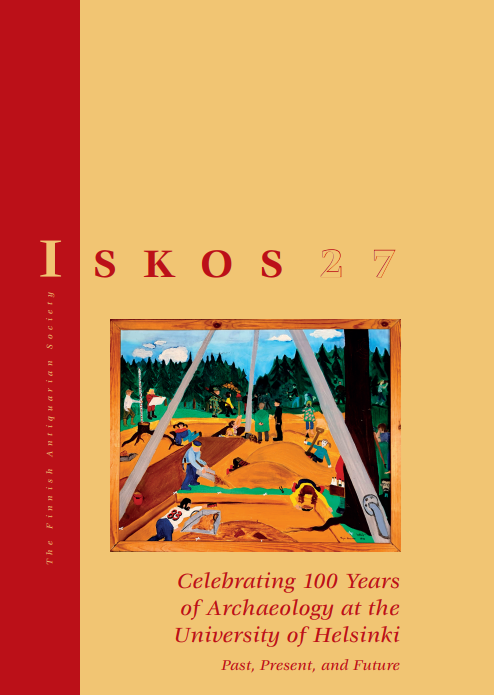A brief history of scientific artefact studies at the University of Helsinki
Abstract
This article provides an overview of archaeological science applications in artefact studies at the University of Helsinki. Since the first metal artefact analysis published in the 1860s, University of Helsinki researchers have carried out numerous nationally pioneering scientific artefact studies, developed new analytical procedures, and embraced the international trends of integrating chemical, microscopic, and isotopic analyses in archaeological artefact studies. Here, the focus is on inorganic archaeological artefacts, objects made of metals, ceramics, glass, and lithics. Scientific methods can help us to understand where, how, for what purpose, and when objects were made, certain raw materials were selected, specific technologies developed, and finished products distributed. In this way, scientific artefact data can help us to recognise and contextualise the different roles, values, and functions the objects had in the lives of the people who made and used them, and interpret the artefact evidence in the wider societal, inter-communal, and inter-cultural settings.




